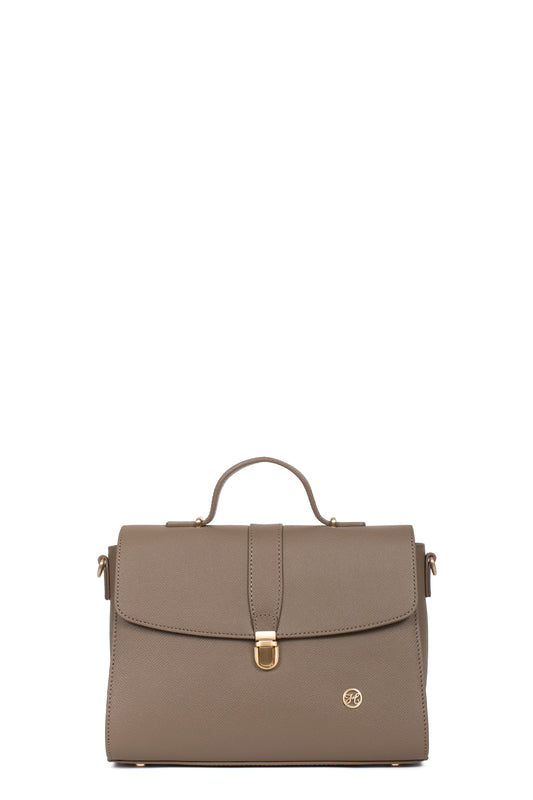Stop RFID: everything about anti-data theft technology
RFID, what's up? Focus on a technological advance used every day, sometimes threatened by fraud and data theft.
RFID, what's up? Focus on a technological advance used every day, sometimes threatened by fraud and data theft.

“RFID technology”… Does this expression mean nothing to you? Yet you probably use it every day without even realizing it. Imagined in the 1970s by engineer Charles Walton, RFID technology (“Radio-Frequency Identification” or “Radio Frequency Identification” in French) captures high-frequency radio waves to identify objects, animals or people. In other words, this concept, materialized by a chip, stores digital information to then retransmit it.
Although two RFID patents were filed in 1973 and then in 1983, the beginnings of the technology were applied in the 1930s by the British: they used it through their radars to recognize their allies' planes in real time. The use of RFID technology was therefore initially mainly military, before gradually extending into the private sector (particularly in the industrial sectors in the 1980s for example).
Today, RFID technology is everywhere: it is thanks to it that you can pay contactlessly, validate your public transport ticket, start your car without a key, use a biometric passport, etc.
Like all technological advances, RFID technology also has its limits. While it certainly makes certain aspects of daily life easier, it also gives rise to data hacking by fraud experts. Fortunately, solutions exist to protect yourself, like leather goods accessories stamped “Stop RFID”.
Equipped with a shielding layer, Stop RFID wallets , purses and travel companions prevent the capture of waves emitted by contactless technologies, in order to ensure optimal security of your various cards (bank, credit, etc.). identity…) Enough to take your personal belongings with you in complete peace of mind!
Your cart is currently empty.
Start Shopping














































